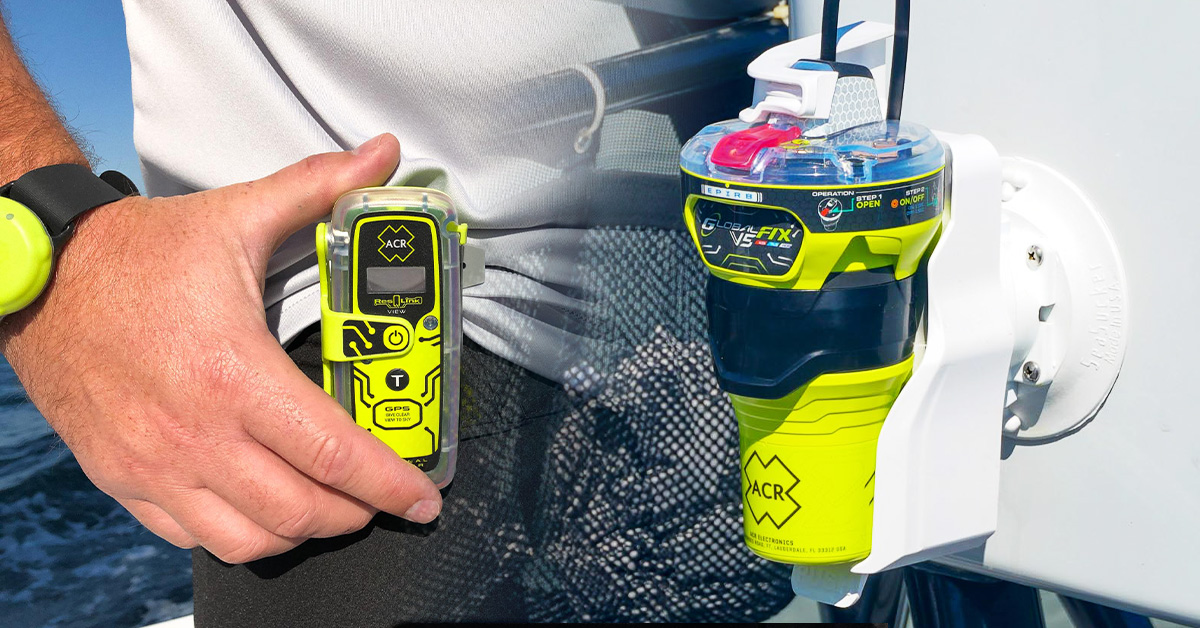
Differences Between EPIRBs and Personal Locator Beacons (PLBs)
Posted on March 1, 2024
EPIRB Vs PLB
In the realm of boating, the preference often leans towards Emergency Position Indicating Radio Beacons (EPIRBs) rather than Personal Locator Beacons (PLBs). EPIRBs boast autonomous operation, water activation and maintaining an upright position while floating in water for efficient transmission. Their straightforward design facilitates easy crew training, making them a practical choice. Equipped with larger batteries for extended transmission life, EPIRBs prove indispensable for lengthy voyages. On the other hand, PLBs, while requiring manual activation and a careful out-of-water position, offer compact portability. This makes them an excellent fit for solo boaters or crew members frequently out of sight of the Captain. In the end, the adage holds true: the most effective beacon is the one you have with you when the need arises.
-
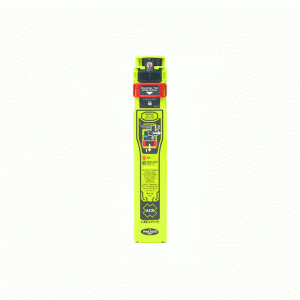 ResQLink AIS Personal Locator Beacon$569.95
ResQLink AIS Personal Locator Beacon$569.95 -
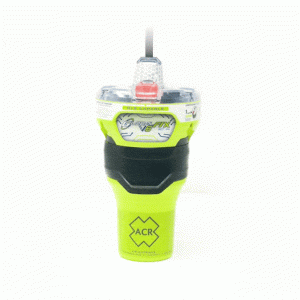 ACR GlobalFix V6 EPIRB with Return Link Service and Mobile App$689.95 – $794.95
ACR GlobalFix V6 EPIRB with Return Link Service and Mobile App$689.95 – $794.95 -
Product on sale
 ResQLink™ View RLS$484.95 – $589.95
ResQLink™ View RLS$484.95 – $589.95
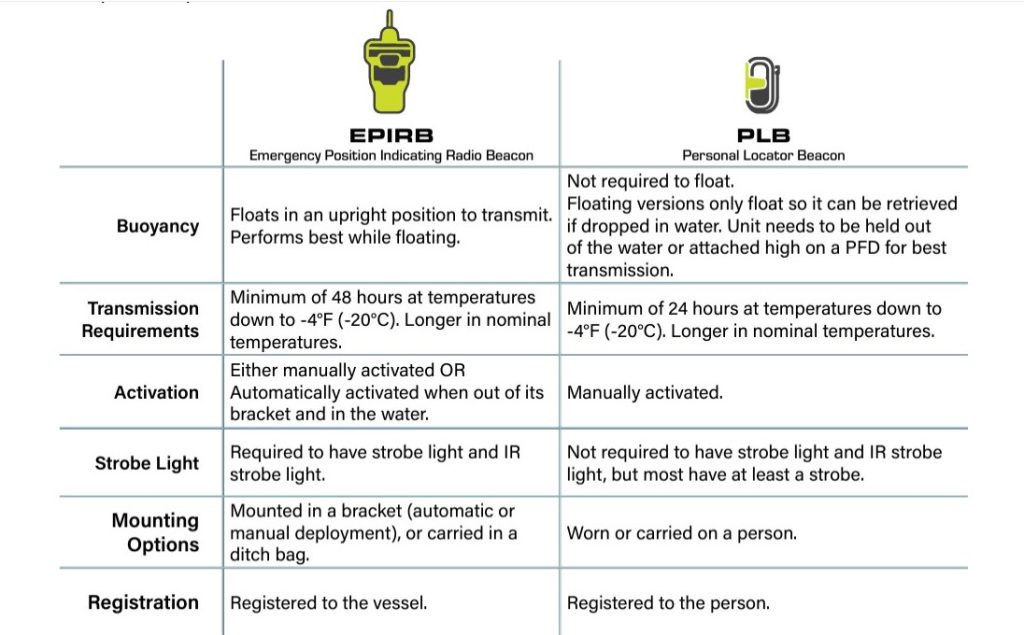
Application and Usage Differences
Activation Differences: EPIRBs are designed for vessels, thus they can activate automatically when they are out of their bracket and submerged in water, providing an immediate distress signal to authorities. Two different bracket types are available, an automatic deployment (Category 1) or a manual deployment (Category 2). PLBs on the other hand are manually activated typically be deploying the stowed antenna and press the activation button.
Operating Life in an Emergency: EPIRBs are required to transmit for a minimum of 48 hours continuously at temperatures down to -4 Degree Fahrenheit (-20 Degrees Celsius), while the smaller Personal Locator Beacons are required to operate for a minimum of 24 hours at the same temperatures.
The Floating Dynamic: The basics are that EPIRBs are required to float and float in an upright position in the water for efficient transmission. Personal Locator Beacons are not required to float, and while many models can, they do not float in a transmitting position, they float so they can be retrieved if accidentally dropped in the water. PLBs are designed to be worn on a life jacket and they need to be up and out of the water to effectively transmit their distress signal.
Global Coverage: EPIRBs and Personal Locator Beacons both have Global SOS coverage as they both utilize the same COSPAS-SARSAT Search and Rescue Satellite System. Learn More about the system here.
Personal Locator Beacons (PLBs): A Portable Solution
Portability and Wearability: PLBs are known for their compact size and portability, making them ideal for individuals to carry on their person, especially in outdoor adventures.
Multi-Application: Personal Locator Beacons are great for maritime adventures, but their portability also lends to as essential gear in all outdoor activities including hiking, camping, 4×4, snow sports, powersports and more.
Registration and Ownership
Vessel-Centric Registration for EPIRBs: EPIRBs are registered to specific vessels, the registration provides details about the boat, its itinerary, and emergency contacts. Register here.
Individual User Registration for PLBs: PLBs are registered to individual users, with personal information and emergency contacts, facilitating a direct connection with the person in distress. Register here.
Affordability
EPIRBs are typically more expensive than PLBs because they offer more features including double the operating life, buoyance while transmitting, and the vessel mounting bracket. From a value standpoint, it is hard to find a maritime product that offers more peace of mind.
View Pricing (Pricing may vary by Country)
Subscriptions
EPIRBs and PLBs do not typically require a subscription. When activated, EPIRBs transmit a distress signal with your location to search and rescue authorities via satellite systems, enabling them to locate and assist you in case of an emergency. A few countries do charge a radio license to own an EPIRB, but typically, the majority of countries do not require any kind of fee.
When choosing between an EPIRB vs PLB, the choice should always be BOTH. One for the vessel, one for the crew.
-
 ResQLink AIS Personal Locator Beacon$569.95
ResQLink AIS Personal Locator Beacon$569.95 -
 ACR GlobalFix V6 EPIRB with Return Link Service and Mobile App$689.95 – $794.95
ACR GlobalFix V6 EPIRB with Return Link Service and Mobile App$689.95 – $794.95 -
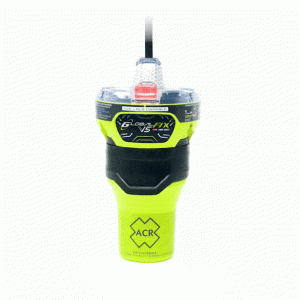 GlobalFix™ V5 AIS EPIRB with Return Link Service and Mobile App$849.95 – $984.95
GlobalFix™ V5 AIS EPIRB with Return Link Service and Mobile App$849.95 – $984.95 -
Product on sale
 ResQLink™ View RLS$484.95 – $589.95
ResQLink™ View RLS$484.95 – $589.95 -
Product on sale
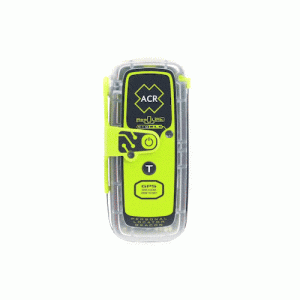 ResQLink™ 410 RLS$429.95 – $454.95
ResQLink™ 410 RLS$429.95 – $454.95 -
Product on sale
 ResQLink™ View$434.95 – $544.95
ResQLink™ View$434.95 – $544.95 -
Product on sale
 ResQLink™ 400$379.95 – $394.95
ResQLink™ 400$379.95 – $394.95